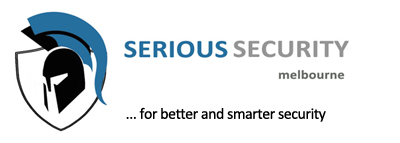Ensuring a safe learning environment is a top priority in the education sector. Campuses, from elementary schools to universities, utilize electronic security systems to monitor and respond to security threats. CCTV cameras, alarms, and access control systems help maintain safety for students and staff.
Educational institutions are meant to be safe havens for students, a place where they can learn, grow, and thrive. To maintain this safe environment, electronic security systems are integral.
CCTV cameras are strategically placed in various locations around educational campuses, including classrooms, hallways, and outdoor areas. These cameras serve multiple purposes. Firstly, they act as a deterrent to potential trespassers or wrongdoers, as they are aware that their actions are being recorded. Secondly, in the event of an incident, the recorded footage can be reviewed to identify individuals involved and establish a timeline of events.
Access control systems are vital for schools and universities. They restrict access to authorized personnel, ensuring that only students, staff, and approved visitors can enter the premises. This helps prevent unauthorized individuals from entering the campus and provides a record of who is on the premises at any given time.
Alarm systems in educational institutions are essential for responding to security breaches, fire emergencies, or other critical incidents. Alarms can be triggered manually in the case of an emergency or unauthorized access, ensuring a swift response from security personnel or law enforcement.
In summary, electronic security systems are essential in the education sector for the safety and well-being of students and staff. They not only act as a deterrent to potential threats but also provide a quick and effective response mechanism in case of security incidents.
